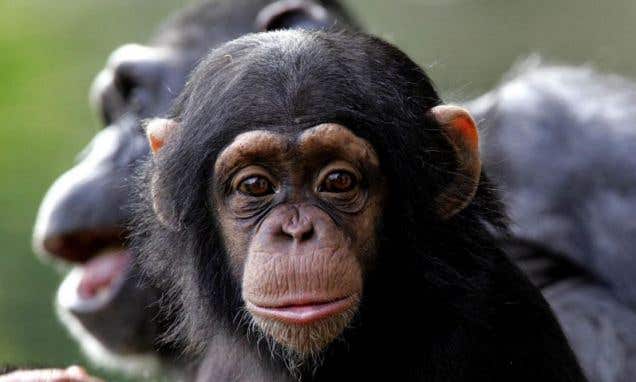Tiniest Great Ape Species Roamed Germany 11 Million Years Ago
Scientists have unearthed what could be the tiniest great ape ever known, adding a new chapter to our understanding of ancient primates.

Scientists have unearthed what could be the tiniest great ape ever known, adding a new chapter to our understanding of ancient primates. Excavations at the Hammerschmiede clay pit in Bavaria, Germany, revealed partial remains of a new ape species, potentially the smallest great ape to ever live.
The fossils, consisting of two teeth and a patella, were found in a layer of clay dating back to the late Miocene Epoch, approximately 11.6 million years ago. These findings, published on June 7, 2024, in the journal PLOS ONE, were the work of Madelaine Böhme from Eberhard Karls University of Tübingen, Germany, and David R. Begun from the University of Toronto, Canada, along with their colleagues.
A New Species
The researchers have named this new species Buronius manfredschmidi. This species, identified from the distinct size and shape of the fossils, stands out because of its incredibly small stature. With an estimated body weight of around 10 kg (about 22 pounds), Buronius is smaller than any other known great ape, living or extinct.
The teeth and patella provide clues about the lifestyle of Buronius. The teeth suggest that Buronius had a diet mainly of soft foods, such as leaves. The structure of the patella indicates that this ape was a proficient climber. These characteristics differentiate Buronius from Danuvius, another great ape species previously discovered at Hammerschmiede. Danuvius is larger and has adaptations for a more omnivorous diet, capable of consuming tougher foods.
Böhme and her team propose that these differences allowed Buronius and Danuvius to coexist in the same environment without directly competing for food and resources. This phenomenon is known as resource partitioning, where species share a habitat by utilizing different resources or occupying different niches.
The modern analogy can be seen in the coexistence of gibbons and orangutans in Borneo and Sumatra, where they share the forest but have different diets and behaviors.
Related Stories:
Historical Significance of the Buronius Find
The Hammerschmiede site is renowned for its ancient great ape fossils. The discovery of Danuvius in this area sparked debates among scientists about its classification and whether it represents a new genus.
Until now, no European Miocene sites had revealed more than one species of fossil ape. The introduction of Buronius into the Hammerschmiede record marks the first instance of multiple ancient ape species being found in the same European site from this period.
Böhme and Begun suggest that revisiting other fossil sites in Europe might reveal additional examples of such cohabiting behaviors among ancient primates. This new evidence challenges the prevailing notion that ancient European environments could only support a single ape species at a time.
The discovery of Buronius manfredschmidi provides valuable insights into the diversity and adaptation of ancient apes. It also opens up new avenues for research into how these species coexisted and shared their habitats. According to the researchers, "The new great ape from Hammerschmiede, Buronius manfredschmidi, is with about 10 kg body weight not only the smallest known crown ape, but it also attests to the first case of hominid syntopy for Europe. The leaf-eating Buronius shared the habitat with the omnivorous bipedal ape Danuvius guggenmosi."
This find highlights the complexity of ancient ecosystems and the adaptive strategies that different species used to thrive within them. The ability of Buronius and Danuvius to share the same environment without direct competition may have contributed to their survival and evolution.
The study encourages paleontologists to reexamine other Miocene sites across Europe to uncover more examples of such ancient ape communities. Understanding how these species interacted and coexisted can provide broader insights into the evolutionary history of primates and their adaptation strategies.
As researchers continue to delve into the past, each new finding like this brings us closer to unraveling the complex history of life on Earth.
For more science news stories check out our New Discoveries section at The Brighter Side of News.
Note: Materials provided above by The Brighter Side of News. Content may be edited for style and length.
Like these kind of feel good stories? Get the Brighter Side of News' newsletter.
Joshua Shavit
Science & Technology Writer | AI and Robotics Reporter
Joshua Shavit is a Los Angeles-based science and technology writer with a passion for exploring the breakthroughs shaping the future. As a contributor to The Brighter Side of News, he focuses on positive and transformative advancements in AI, technology, physics, engineering, robotics and space science. Joshua is currently working towards a Bachelor of Science in Business Administration at the University of California, Berkeley. He combines his academic background with a talent for storytelling, making complex scientific discoveries engaging and accessible. His work highlights the innovators behind the ideas, bringing readers closer to the people driving progress.



